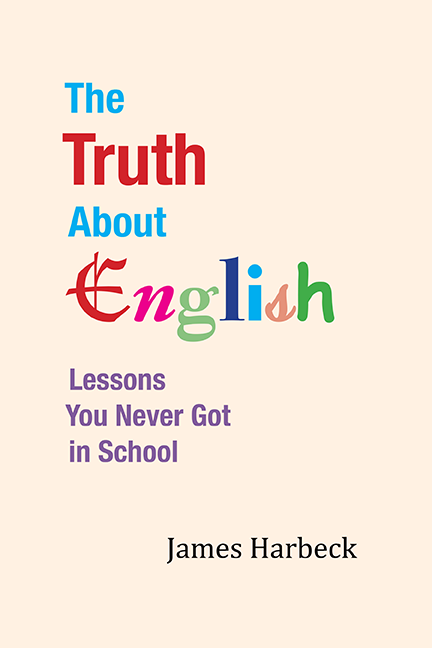I have just seen an infographic (heaven help us, yes, an infographic – generally now not actual charts but just text tarted up) with the following statements:
46% of all U.S. workers claims that they are less productive without coffee.
61% of the workers who need coffee to get through their day drinks 2 cups or more each day.
49% admits to needing coffee while on the job in the Northeast where the workday coffee ritual is the strongest.
Let’s ignore all the other issues in those sentences and just focus on the most egregious, unnatural usages: 49% of workers claims; 61% of the workers drinks; 49% admits. Ick. Just ick.
This is a classic overthink error. I see it mainly in newspapers and similar places where the writers are trying to enforce their understanding of “proper” grammar and are going against their normal speech instincts in doing so.
Percentages can apply to unitary or mass entities and they can apply to populations of entities. When you’re talking about mass or unitary entities, it’s right to use the singular: “50% of this cake is chocolate”; “50% of this collection is action figures.” Moreover, when you’re talking about average (or consistent) percentage of each individual in a set, you may use the singular, though it can sometimes be awkward to phrase it thus: “40% of her cupcakes is sugar.”
But when you’re talking about the portion of the individuals in a set of individual entities, percents are plural quantifiers. You don’t say “46% of the people here drinks coffee” unless somehow each employee has a body 46% of which (perhaps on average) drinks coffee and the other 54% of which abstains. Would you say “Half of the employees here drinks coffee”? How about “A lot of the people here drinks coffee”? Hey, a lot is singular, you know!
Which is just the point. A lot may be singular, and 46% may be a discrete quantity, but their effect on the nouns they describe is a plural quantification. Remember that a dozen is also a singular construction and a discrete quantity, and a hundred likewise, and yet you don’t invariably conjugate verbs in the singular after them: “A dozen people is coming over”? No. (But you can say “A dozen eggs sits in the basket” because you know that’s a carton.) You can say “A bunch of flowers sits by the window” because in that case a bunch is a unitary object; if you say “A bunch of people sit by the window” it means that the people may or may not be together as a unit, but there are a fair few of them in any event. (And “A bunch of people sits by the window” is an almost amusing image of a set of people so together in their grouping that they even sit as a single unit.)
It’s easy enough to see how people can get confused. Many of these things can take singular or plural depending on what are sometimes very fine nuances of meaning. I can say “100% of these usages is wrong” and mean that each usage is 100% wrong, and I can say “100% of these usages are wrong” and mean that every last one of them is wrong. But there are cases where your ear just screams: “46% of workers claims”?! No. Just no. A percentage of a population of individuals is a plural.
And really, if your analysis of grammar leads you to write something that sounds staggeringly wrong, stop and reconsider your analysis.







I discovered your blog last week, and I love it. Thanks! I have a question about the use of “is” and “are.” Is it correct to say “One in every three people is likely to…”? I see the word “are” used frequently in this situation, and my instinct tells me that “is” is the correct word.
I would go with “is” because in this case you really are talking about one person in every three. I tend to rephrase it to “One person in every three” just to make it stronger with the singular. I sometimes see “One-in-three people are likely” and I don’t like that. It reads as though there is a kind of people who are one-in-three people (My friend, he’s not one-in-a-million, but he is a one-in-three kinda guy), and we just don’t have one-in-three established in usage like one-half. It’s [one [in [three people]]].
And thanks!
{: I am sitting here smiling. You think English will still be in use some 300 years from now? I am trying to imagine a language expert gal, what she would look like and what she would be called—maybe %*(%%#$ (my version of blogger for that time). You know, this is the gal that is going to tell her readers that all these rules are “superstitious.”:}
I have learned the source of the infographic: http://en.ilovecoffee.jp/posts/view/23
As with “less” and “fewer” –the distinction between unitary (paper clips) and mass (peanut butter) isn’t really that nuanced… but people get so confused. I enjoyed this post!
Her Majesty’s Government view with favour your analysis of the semantic plural.